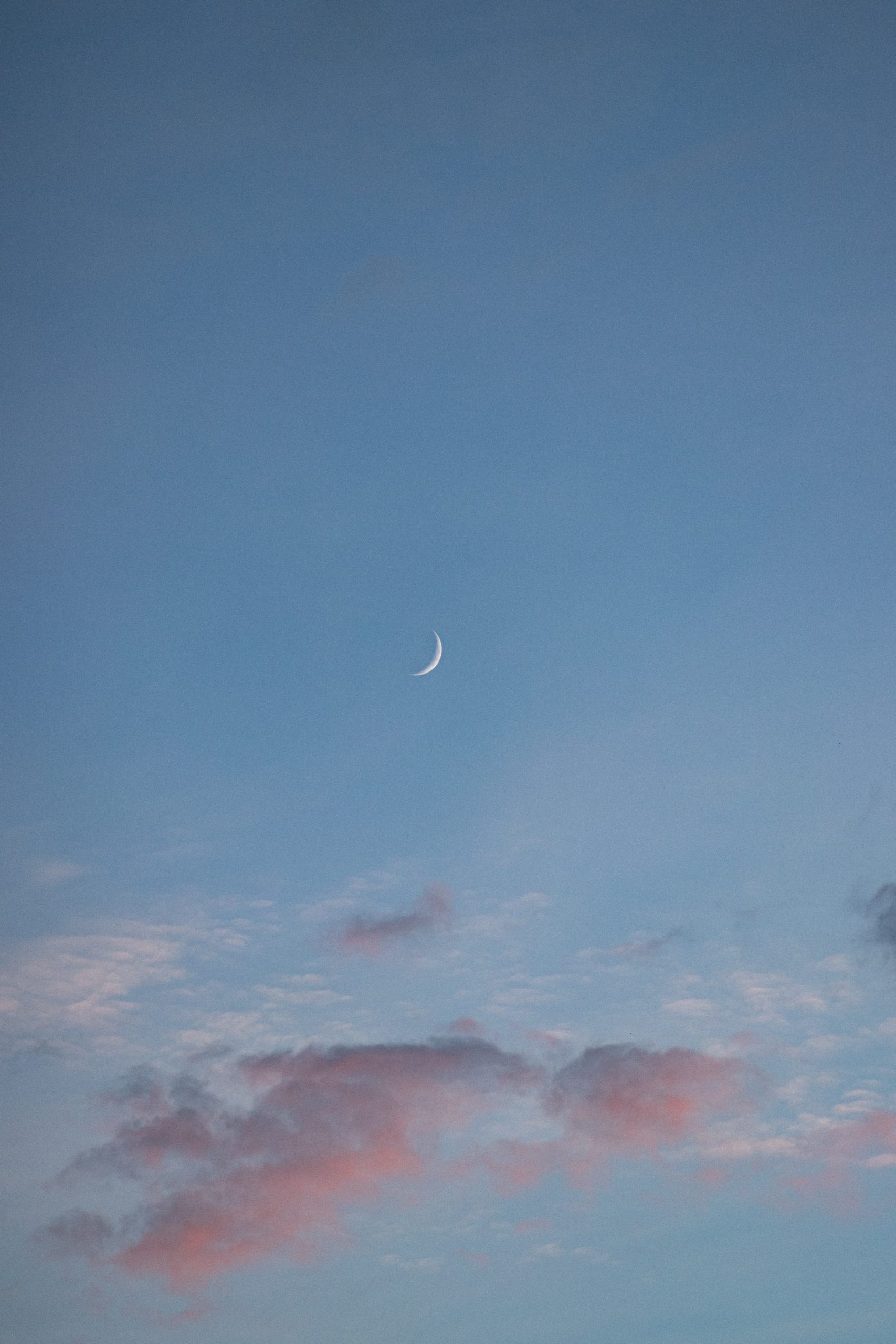Does the Moon Revolve Around the Earth?
The moon has fascinated humans throughout history with its ever-present presence in the night sky. As Earth’s only natural satellite, the moon has been a subject of numerous scientific inquiries and mythologies. One of the fundamental questions about the moon’s motion is whether it revolves around the Earth. In this blog post, we will explore this topic in detail, examining the scientific evidence and theories that surround the moon’s revolution.
The Basics of Celestial Motion
Before delving into the moon’s revolution, it’s crucial to understand some basics of celestial motion. The study of the motion of celestial bodies, such as planets, moons, and stars, falls under the field of astronomy. In astronomy, the term “revolution” refers to an object’s movement around a central body, typically due to gravitational forces.
In our solar system, most planets (including Earth) revolve around the sun in elliptical orbits. These orbits are dictated by the gravitational pull of the sun, which acts as the central body. In turn, the moons of planets revolve around their parent planets in similar elliptical paths, guided by the gravitational forces between them.
The Moon and Earth’s Revolution
Now, let’s focus on the moon’s relationship with the Earth’s revolution. According to scientific evidence, the moon indeed revolves around the Earth. It follows an elliptical orbit around our planet while Earth, along with other celestial bodies in the solar system, orbits around the sun. This motion has been extensively studied and confirmed through astronomical observations and mathematical calculations.
The moon’s revolution around the Earth takes approximately 27.3 Earth days—what we commonly refer to as the moon’s sidereal period. This period is determined by the gravitational pull of the Earth on the moon. The moon’s average distance from Earth is about 238,855 miles (384,400 kilometers) as it completes one revolution.
Evidence and Observations
The evidence that supports the moon’s revolution around the Earth is based on a multitude of observations and experiments conducted over the years. Let’s explore some of the key pieces of evidence:
- Copernican Model: In the 16th century, Nicolaus Copernicus presented the idea of a heliocentric model, where Earth and other planets revolve around the sun. This model challenged the geocentric view, prevailing at the time, which posited that the Earth was at the center of the universe. Copernicus’ model paved the way for understanding the moon’s revolution around the Earth as part of the greater heliocentric system.
- Kepler’s Laws: In the early 17th century, Johannes Kepler formulated his three laws of planetary motion. Kepler’s laws describe the motion of celestial bodies, including the moon and planets, within the solar system. His first law, known as the law of elliptical orbits, mathematically defines the shape of the moon’s orbit around the Earth.
- Astronomical Observations: Astronomers have used telescopes and advanced equipment to observe the moon’s orbit around the Earth. Lunar eclipses, for example, occur when the moon passes into Earth’s shadow, providing direct visual evidence of the moon’s revolution around Earth.
- Gravitational Interactions: The gravitational forces between the moon and Earth have been measured and studied extensively. The gravitational pull between these two bodies is what keeps the moon in orbit around Earth, following Kepler’s laws of planetary motion.
- Space Missions: Human space exploration missions, such as the Apollo moon missions, have provided direct physical measurements and observations of the moon’s motion around Earth. Astronauts aboard the Apollo missions were able to witness Earth rise and set from the lunar surface, further confirming the moon’s revolution around our planet.
Common Misconceptions
Despite the overwhelming evidence supporting the moon’s revolution around the Earth, there are some common misconceptions that persist. Let’s address a few of them:
- The Moon Stays in One Place: Some people mistakenly believe that the moon remains stationary while the Earth revolves around it. However, this misconception arises from a lack of understanding of celestial motion and the relative scales involved.
- Geocentric Views: Throughout history, various geocentric models positioned Earth as the center of the universe. While these models were influential at the time, they have been disproven by centuries of scientific research and observations.
- Floating Moon: Another misconception is the idea that the moon is somehow floating in space, staying close to the Earth without a specific orbit. In reality, the moon moves in a precise path around the Earth, governed by the gravitational forces between the two bodies.
Conclusion
After examining the scientific evidence, it becomes evident that the moon does, in fact, revolve around the Earth. Astronomical observations, space missions, and the application of Kepler’s laws of planetary motion all support this conclusion. Understanding the moon’s revolution around Earth is essential not only for our knowledge of celestial mechanics but also for the broader understanding of our place in the universe.
Next time you gaze up at the night sky and see the moon shining bright, remember that it is on a perpetual journey around our home, the Earth.
Table of Contents
